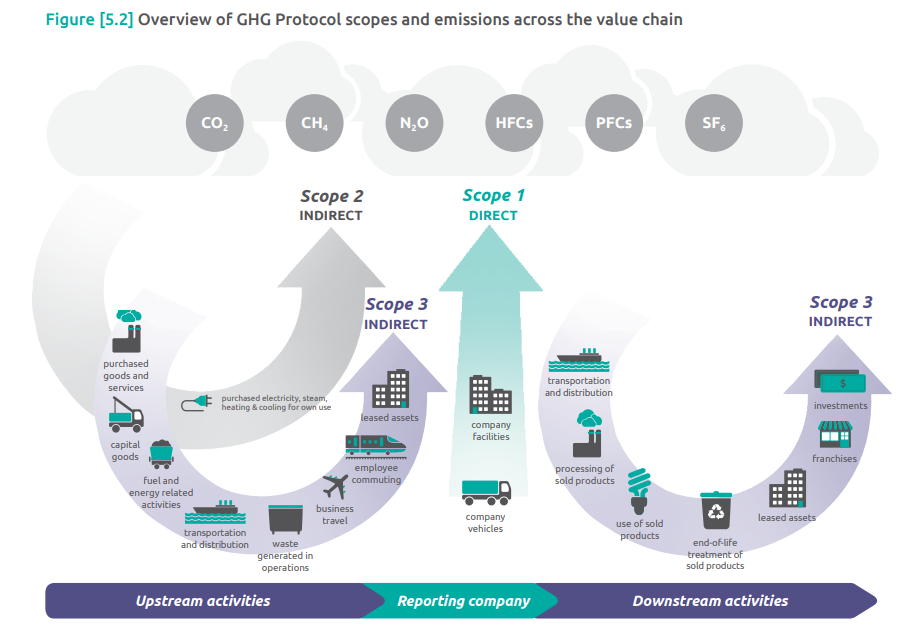You’ve heard about blockchain’s use in the voluntary carbon market, but tokenized carbon credits are just one way blockchain can help improve sustainability outcomes. Today, we look into how blockchain technology can help improve emissions tracking and reporting.
Because as we know: you can’t manage what you don’t measure!
And here at Thallo, we know the first step towards going carbon neutral using high quality carbon credits is to know your own emissions.
Thallo’s Head of Partnerships & Policy, Nicolas Alexander, spoke on a panel hosted by CoinDesk and sponsored by EY, and we’re thrilled to share the replay of the video discussion with you below.
Scope 1 vs. Scope 2 vs. Scope 3
When it comes to emissions tracking, it’s important to understand that an organization’s greenhouse gas emissions are divided into three categories: Scope 1, 2 and 3.
Scope 1 emissions are direct emissions from an organization’s activities, like emissions from manufacturing processes, gas used for a company’s truck fleet, or refrigerants.
Scope 2 emissions are indirect emissions, specifically related to an organization’s energy use. This typically means electricity used on-site that was generated off-site.
Scope 3 emissions are indirect emissions created anywhere on an organization’s value chain. That includes upstream emissions, such as supplier companies and emissions of employees traveling to work, and downstream emissions, such as lifecycle emissions of a product sold, transportation and distribution of a product, and a company’s investments.

That means that your company’s Scope 3 emissions would be your supplier company’s Scope 1 emissions. And this simple fact is why Scope 3 emissions are so hard to deal with: you need your supplier to calculate and share their Scope 1 emissions information so that you can include it as your Scope 3 emissions.
How Does Blockchain Fit In?
Back to the webinar: the speakers discussed how suppliers can tokenize their Scope 1 (direct) emissions and Scope 2 (indirect) emissions to securely share private information with their customers as a tokenized Scope 3 emissions. It’s a game-changing approach that provides a way to accurately conduct emissions tracking and reporting, which is crucial for meeting sustainability goals.
What’s amazing is that—thanks to Thallo’s ability to tokenize carbon credits from accredited registries—the tokenized emissions can be directly coupled with tokenized credits. This creates a one-stop-stop platform for managing one’s carbon. Digital, traceable, and auditable.
They also explored how emissions and offsets can be tokenized using the right standards, who sets the standards, and how to avoid greenwashing. And how this integrates with organizations’ legacy systems and reporting tools.
We believe that using blockchains like Ethereum to track and manage emissions is an exciting and innovative way to achieve sustainability goals. It allows for accurate and transparent reporting while also providing opportunities for businesses to differentiate themselves in the marketplace.
Want to Learn More?
Don’t forget to check out our Mythbusters Guide: Blockchain in the Voluntary Carbon Market. In the Mythbusters guide, you will learn more about the benefits of using blockchain in the Voluntary Carbon Market, including increased transparency, better tracking and reporting, and improved credibility. You’ll also learn about the challenges and misconceptions surrounding blockchain and the Voluntary Carbon Market, and how to overcome them.
We hope you find this guide helpful and informative. Read and download it here to learn more about how blockchain technology is revolutionizing the Voluntary Carbon Market.






